Home>Interior Design>How Kintsugi Made My Broken Belongings Beautiful
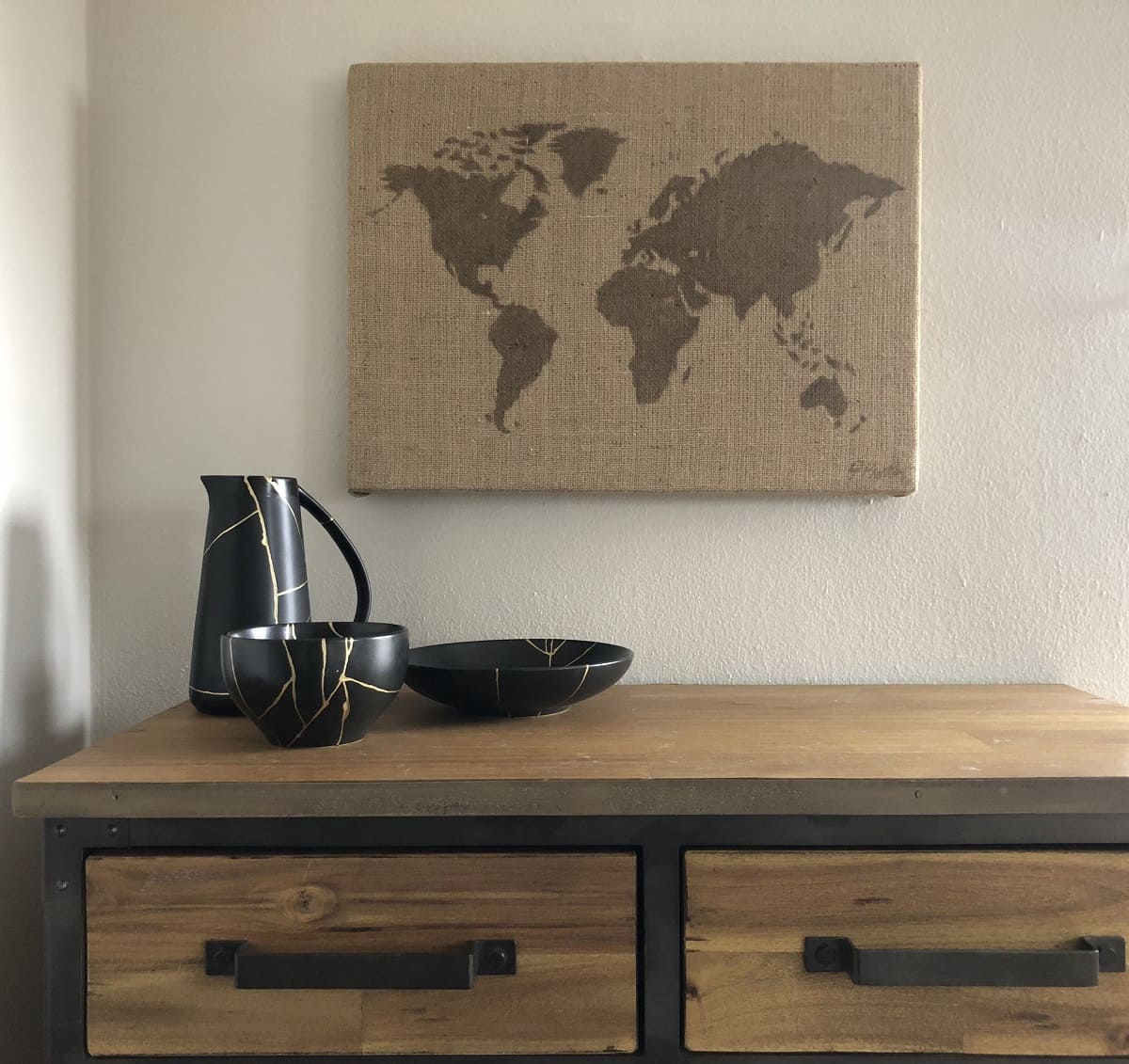

Interior Design
How Kintsugi Made My Broken Belongings Beautiful
Modified: December 12, 2023
Discover how kintsugi, an ancient Japanese art, transformed my broken belongings into stunning interior design pieces. Learn how this technique can add beauty and character to your home decor.
(Many of the links in this article redirect to a specific reviewed product. Your purchase of these products through affiliate links helps to generate commission for Storables.com, at no extra cost. Learn more)
**
Introduction
**
Welcome to the world of kintsugi, where brokenness is not a flaw but a celebrated part of an object's history. As an interior design enthusiast, I've always been drawn to the concept of kintsugi and the profound beauty it brings to the art of decor. Kintsugi, which translates to "golden joinery," is a traditional Japanese art form that involves repairing broken pottery with lacquer dusted or mixed with powdered gold, silver, or platinum. This meticulous process not only restores the functionality of the object but also elevates its aesthetic appeal, turning flaws into focal points.
In this article, I invite you to join me on a journey of discovery as we explore the captivating allure of kintsugi and its transformative impact on interior design. We'll delve into the history and philosophy behind this ancient practice, uncovering the profound symbolism it holds and the unique perspective it offers on embracing imperfection. Through personal anecdotes and insights, I hope to convey the profound impact that kintsugi can have on our perception of beauty, resilience, and the art of living gracefully with impermanence. So, let's embark on this enchanting exploration of kintsugi and uncover the hidden splendor of embracing brokenness as a pathway to enduring beauty.
**
Key Takeaways:
- Embracing imperfection through kintsugi teaches us to find beauty in flaws, symbolizing resilience and the transformative power of acceptance and renewal.
- Kintsugi inspires us to honor our scars, embrace impermanence, and find strength in healing, reminding us that imperfections contribute to enduring beauty.
Read more: How To Tell What My Bathtub Is Made Of
What is Kintsugi?
**
Kintsugi, also known as kintsukuroi, is a traditional Japanese art form that dates back to the 15th century. Rooted in the philosophy of wabi-sabi, which embraces imperfection and transience, kintsugi involves repairing broken pottery with a special lacquer mixed with precious metals. The process of kintsugi goes beyond mere restoration; it honors the history of the object by highlighting its fractures rather than concealing them.
At its core, kintsugi embodies the belief that breakage and repair are part of an object’s history, rather than something to disguise. The visible mending of the cracks with gold or other metals not only adds a touch of opulence but also symbolizes resilience, transformation, and the beauty of imperfection. Each repaired piece becomes a unique work of art, with its intricate network of golden lines telling a story of fragility, strength, and the passage of time.
One of the most captivating aspects of kintsugi is its reflection of the Japanese aesthetic principle of "mottainai," which conveys a sense of regret over waste. Instead of discarding a broken object, kintsugi encourages us to cherish and honor its history, recognizing that its flaws contribute to its singular beauty. This mindful approach to restoration not only extends the lifespan of the object but also imbues it with a newfound sense of dignity and grace.
Through the art of kintsugi, the concept of beauty is redefined, transcending conventional notions of flawlessness and perfection. It invites us to embrace the beauty of imperfection and find profound meaning in the process of repair and renewal. As we continue our exploration, we will uncover the deep symbolism and transformative power of kintsugi, delving into its impact on interior design and the human spirit.
**
My First Encounter with Kintsugi
**
My introduction to kintsugi was a serendipitous encounter that left an indelible impression on my perspective as an interior design enthusiast. It was during a visit to a quaint art gallery nestled in the heart of a bustling city that I stumbled upon a collection of kintsugi-repaired ceramics. As I gazed at these exquisite pieces, I was immediately captivated by the delicate golden lines tracing the intricate patterns of mended fractures.
Each object seemed to whisper a tale of resilience and transformation, prompting me to ponder the profound philosophy behind this ancient art form. The gallery curator, a connoisseur of Japanese aesthetics, regaled me with the history and symbolism of kintsugi, unveiling its significance as a celebration of imperfection and impermanence. I was struck by the notion that these meticulously repaired objects not only regained their functionality but also acquired a newfound allure, embodying the essence of wabi-sabi.
What struck me most profoundly was the realization that kintsugi transcends the realm of mere craftsmanship; it is a narrative of healing, acceptance, and the intrinsic beauty of embracing flaws. The art of kintsugi encourages us to cherish the scars of the past, recognizing them as integral parts of an object’s journey. This transformative encounter left an indelible mark on my design philosophy, igniting a deep-seated appreciation for the art of mindful restoration and the profound stories that broken objects can tell.
As I reflect on my first encounter with kintsugi, I am reminded of the transformative power of embracing imperfection and finding beauty in the mended fractures of life. This experience kindled a newfound reverence for the art of kintsugi, inspiring me to integrate its ethos into my approach to interior design. In the subsequent sections, we will delve deeper into the profound implications of kintsugi, exploring its role as a form of healing and its impact on the perception of beauty within the realm of design.
**
The Beauty of Imperfection
**
At the heart of kintsugi lies a profound appreciation for the beauty of imperfection. In a world that often glorifies flawless perfection, kintsugi offers a refreshing perspective that celebrates the inherent allure of flaws and fractures. The art of kintsugi invites us to embrace the organic irregularities and unique characteristics of each mended piece, recognizing them as integral elements that contribute to its singular charm.
When a ceramic vessel is mended through kintsugi, the resulting golden seams not only serve as a testament to its history but also elevate it to a new realm of aesthetic splendor. Rather than concealing the fractures, kintsugi draws attention to them, transforming what was once perceived as a blemish into a captivating focal point. The interplay of shimmering gold against the weathered surface of the pottery creates a visual narrative of resilience, turning the mended object into a work of art that encapsulates the passage of time and the artistry of repair.
Embracing imperfection through kintsugi extends beyond the realm of material objects; it permeates our perception of beauty and the human experience. In a world where societal pressures often dictate an unattainable standard of flawlessness, kintsugi serves as a poignant reminder that our imperfections are not shortcomings to be hidden but unique facets that contribute to our individuality. The philosophy of kintsugi encourages us to honor our own metaphorical "golden seams," recognizing that our healing and growth can lead to a newfound radiance that transcends the pursuit of perfection.
As an interior design enthusiast, I have found profound inspiration in the ethos of kintsugi, integrating its principles into my creative endeavors. By incorporating elements that bear the marks of time and history, I strive to infuse spaces with a sense of depth and character, celebrating the beauty of imperfection. Each weathered surface, each mended fragment, becomes a testament to the resilience of the objects and an invitation to behold the captivating allure of imperfection.
In the following sections, we will delve deeper into the transformative nature of kintsugi, exploring its role as a form of healing and its impact on the perception of beauty within the realm of design.
**
When practicing kintsugi, use a mixture of urushi lacquer and gold powder to fill in the cracks of broken objects. This will create a beautiful and unique design that celebrates the history of the item.
Kintsugi as a Form of Healing
**
Within the intricate art of kintsugi resides a profound symbolism of healing and renewal. The meticulous process of repairing broken pottery with precious metals transcends the physical mending of objects; it embodies a narrative of emotional restoration and resilience. The act of mending fractures with gold or silver infuses the object with a newfound sense of dignity, transforming what was once considered broken into a radiant testament of endurance and beauty.
As the lacquer dusted with precious metals seeps into the cracks, it not only binds the shattered pieces together but also imbues the object with a luminous network of golden lines. These lines, reminiscent of delicate veins, become a visual representation of the object’s journey through breakage and repair, symbolizing the transformative power of healing. The process of kintsugi honors the cracks as meaningful parts of the object’s history, fostering a sense of acceptance and reverence for the passage of time.
On a metaphorical level, kintsugi serves as a poignant reminder of the human capacity for resilience and self-renewal. It encourages us to embrace our own emotional fractures and scars, recognizing them as integral components of our personal narratives. By acknowledging and mending our emotional wounds, we, too, can emerge with a newfound radiance and strength, much like the mended pottery adorned with shimmering golden seams.
As an interior design enthusiast, I have witnessed the transformative impact of integrating kintsugi-inspired elements into living spaces. The presence of kintsugi-repaired objects serves as a gentle yet powerful reminder of the beauty that emerges from healing and restoration. These objects not only infuse the space with a sense of history and depth but also evoke a profound sense of resilience and grace.
Through the art of kintsugi, we are invited to embrace the healing power of acknowledging and mending our emotional fractures, recognizing that our scars can become sources of strength and beauty. In the subsequent sections, we will delve deeper into the philosophy of kintsugi, exploring its implications for embracing impermanence and finding beauty in the transient nature of existence.
**
Read more: How To Glue Broken Glass
Embracing Impermanence
**
At the core of kintsugi lies a profound acceptance of impermanence and the transient nature of existence. The art of repairing broken pottery with precious metals not only honors the history of the object but also serves as a visual metaphor for the passage of time and the inevitability of change. Each mended piece becomes a tangible representation of the Japanese philosophy of "mono no aware," which encapsulates an awareness of the impermanence of all things and a bittersweet appreciation of their transient beauty.
When we embrace the ethos of kintsugi, we are reminded of the ephemeral nature of life and the inherent beauty found in moments of transformation and renewal. The repaired pottery, with its intricate golden lines, becomes a poignant reflection of the human experience, bearing witness to the fractures and subsequent healing that shape its identity. Much like the mended objects, we, too, carry the marks of our experiences, and it is through acknowledging and embracing these imperfections that we discover the profound beauty of our own narratives.
As an interior design enthusiast, I have found inspiration in infusing living spaces with elements that embody the essence of impermanence and transformation. By integrating kintsugi-repaired objects and embracing the concept of wabi-sabi, I seek to create environments that resonate with a sense of authenticity and evoke a contemplative appreciation for the transient nature of beauty. Each crack, each golden seam, becomes a testament to the resilience of the objects and a gentle reminder of the inherent grace found in embracing impermanence.
Through the art of kintsugi, we are invited to cultivate a deep reverence for the passage of time and the transformative power of resilience. By acknowledging the impermanence of all things, we can find solace in the transient beauty that surrounds us, recognizing that even in moments of breakage and repair, there exists an enduring allure that transcends the limitations of perfection.
In the following sections, we will further explore the profound implications of kintsugi, delving into its impact on the perception of beauty within the realm of design and the human spirit.
**
Conclusion
**
As we conclude our enchanting exploration of kintsugi, we are left with a profound appreciation for the transformative power of embracing imperfection and finding beauty in the process of healing and renewal. The art of kintsugi, with its intricate philosophy rooted in wabi-sabi, transcends the realm of mere craftsmanship to become a poignant narrative of resilience, impermanence, and the enduring allure of imperfection.
Through the art of kintsugi, we are reminded that the fractures and scars we carry, whether physical or emotional, are not blemishes to be concealed but stories to be honored. The meticulous repair of broken pottery with precious metals serves as a visual testament to the human capacity for healing and renewal, infusing the mended objects with a luminous network of golden lines that symbolize the transformative power of acceptance and restoration.
As an interior design enthusiast, I have witnessed the profound impact of integrating kintsugi-inspired elements into living spaces. The presence of kintsugi-repaired objects serves as a gentle yet powerful reminder of the beauty that emerges from acknowledging imperfection and embracing the transient nature of existence. Each mended piece becomes a testament to the resilience of the objects and an invitation to behold the captivating allure of imperfection.
As we navigate the realms of design and the human spirit, the art of kintsugi offers a timeless lesson in finding beauty in the broken, strength in the healing, and grace in the impermanent. It invites us to celebrate the unique allure of imperfection, recognizing that within the fractures and golden seams lies a profound narrative of resilience and enduring beauty.
May we carry the spirit of kintsugi in our hearts, embracing our own metaphorical "golden seams" and finding solace in the transformative power of acceptance and renewal. Let us honor the fractures of our past, recognizing that they contribute to the radiant mosaic of our identities and serve as testaments to our capacity for resilience and grace.
As we bid farewell to this captivating journey, may the ethos of kintsugi continue to inspire us, both in our pursuit of beauty within design and in our embrace of the imperfections that shape our lives.
Frequently Asked Questions about How Kintsugi Made My Broken Belongings Beautiful
Was this page helpful?
At Storables.com, we guarantee accurate and reliable information. Our content, validated by Expert Board Contributors, is crafted following stringent Editorial Policies. We're committed to providing you with well-researched, expert-backed insights for all your informational needs.
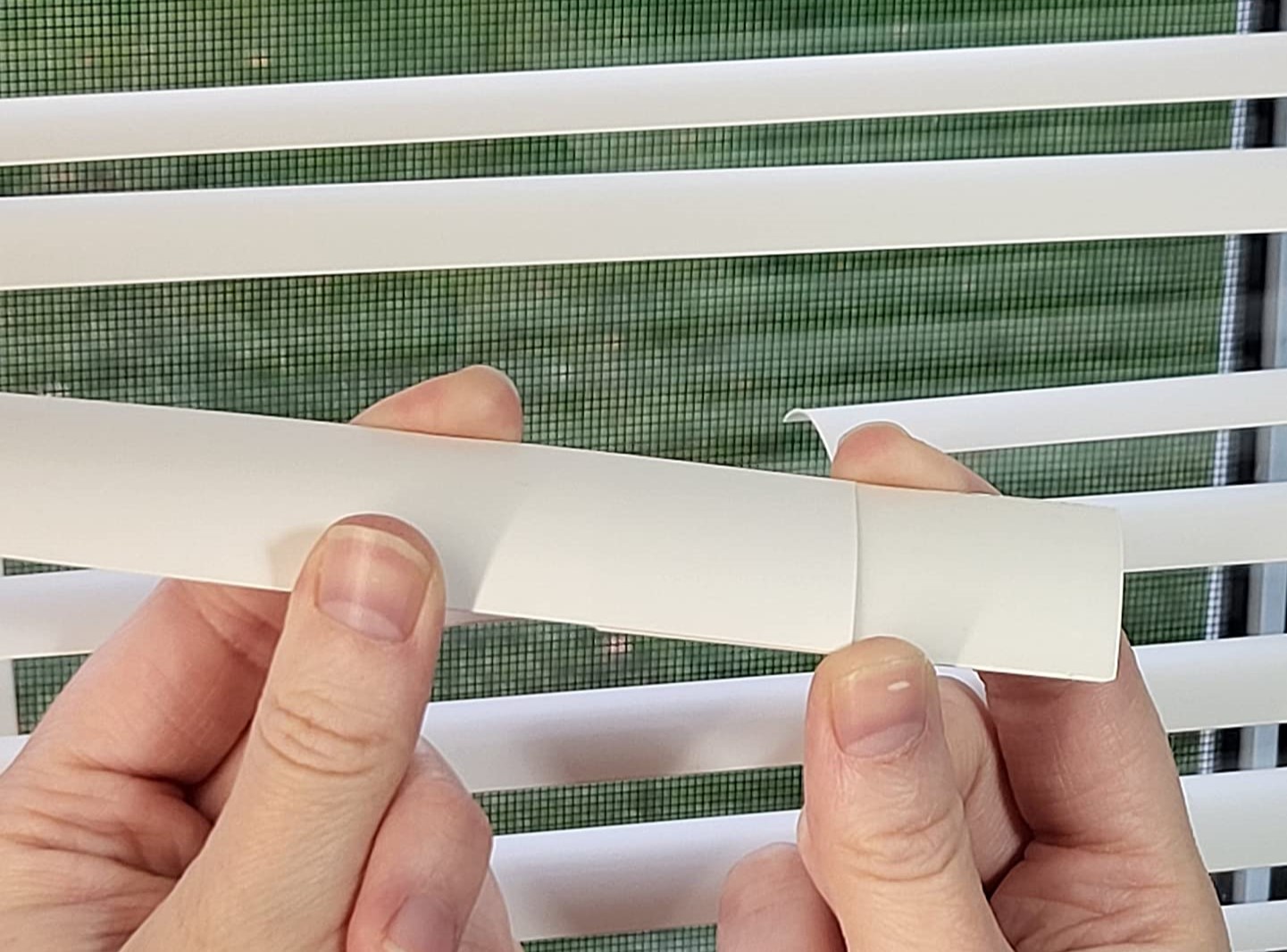


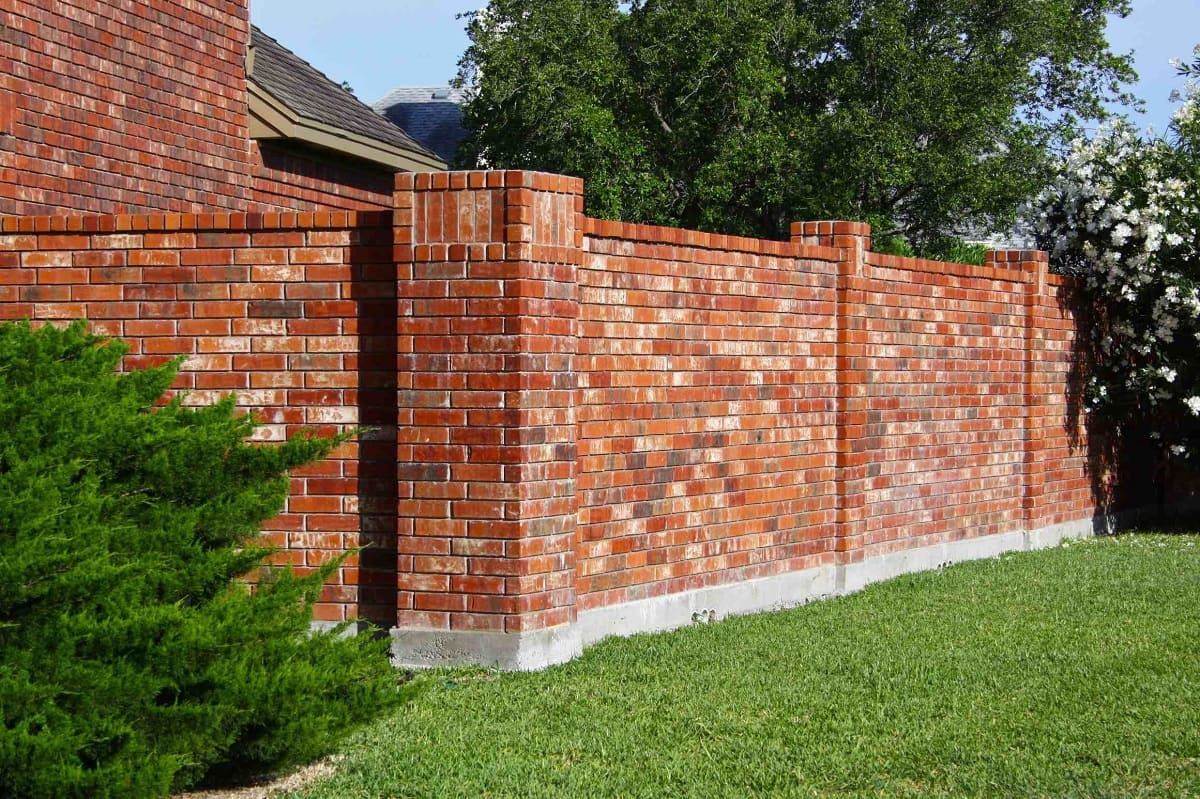
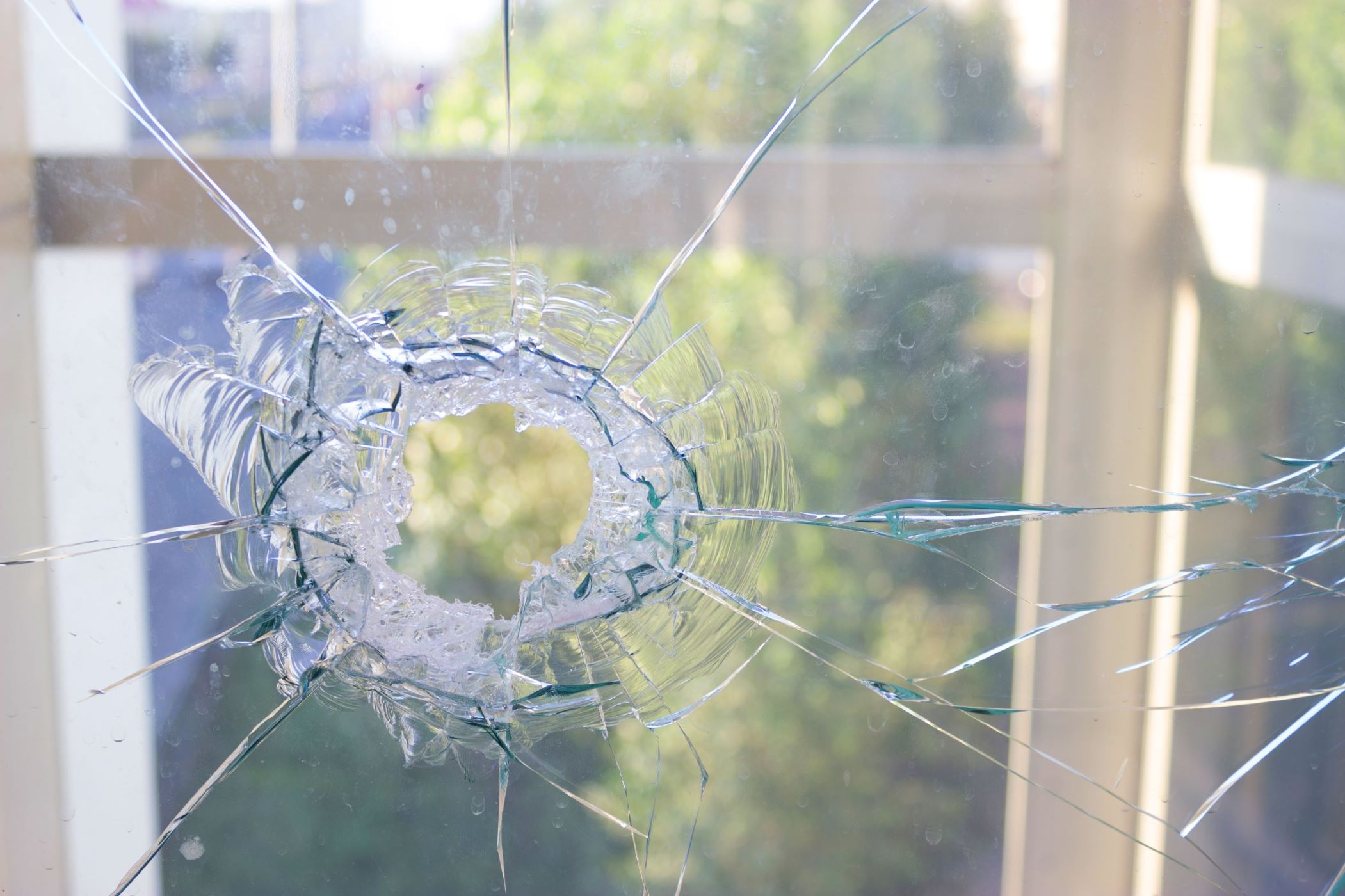


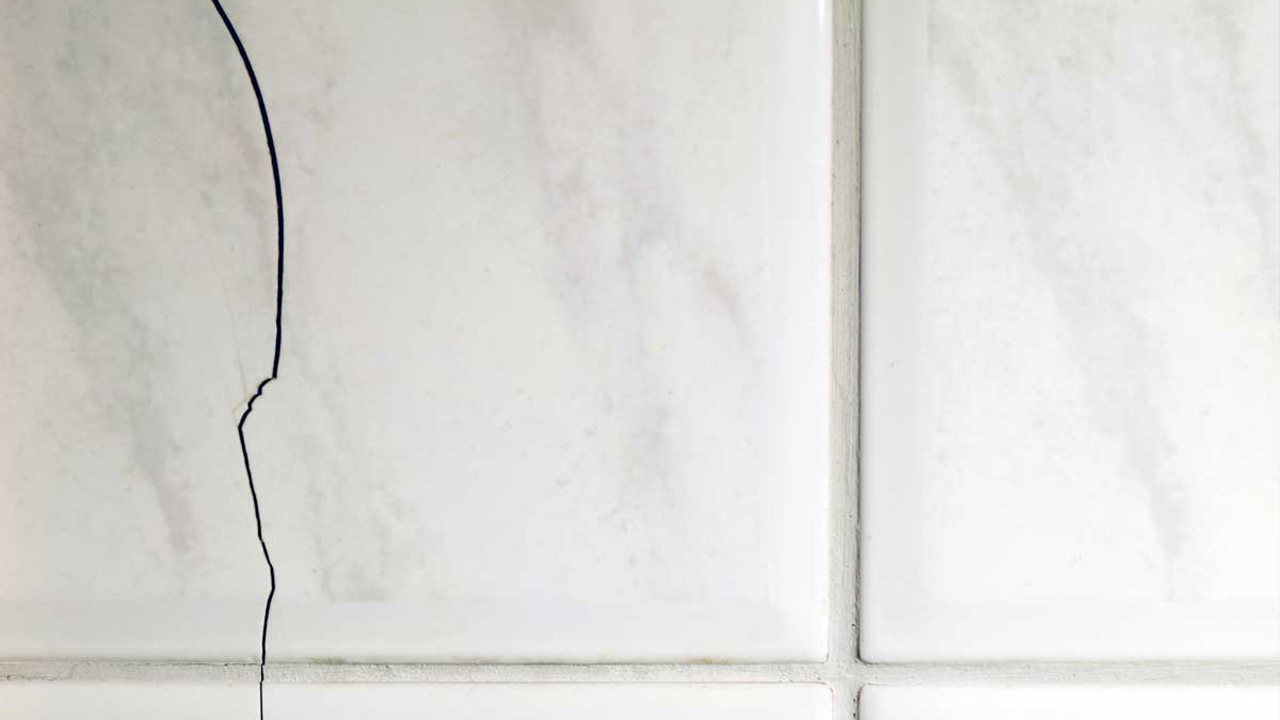
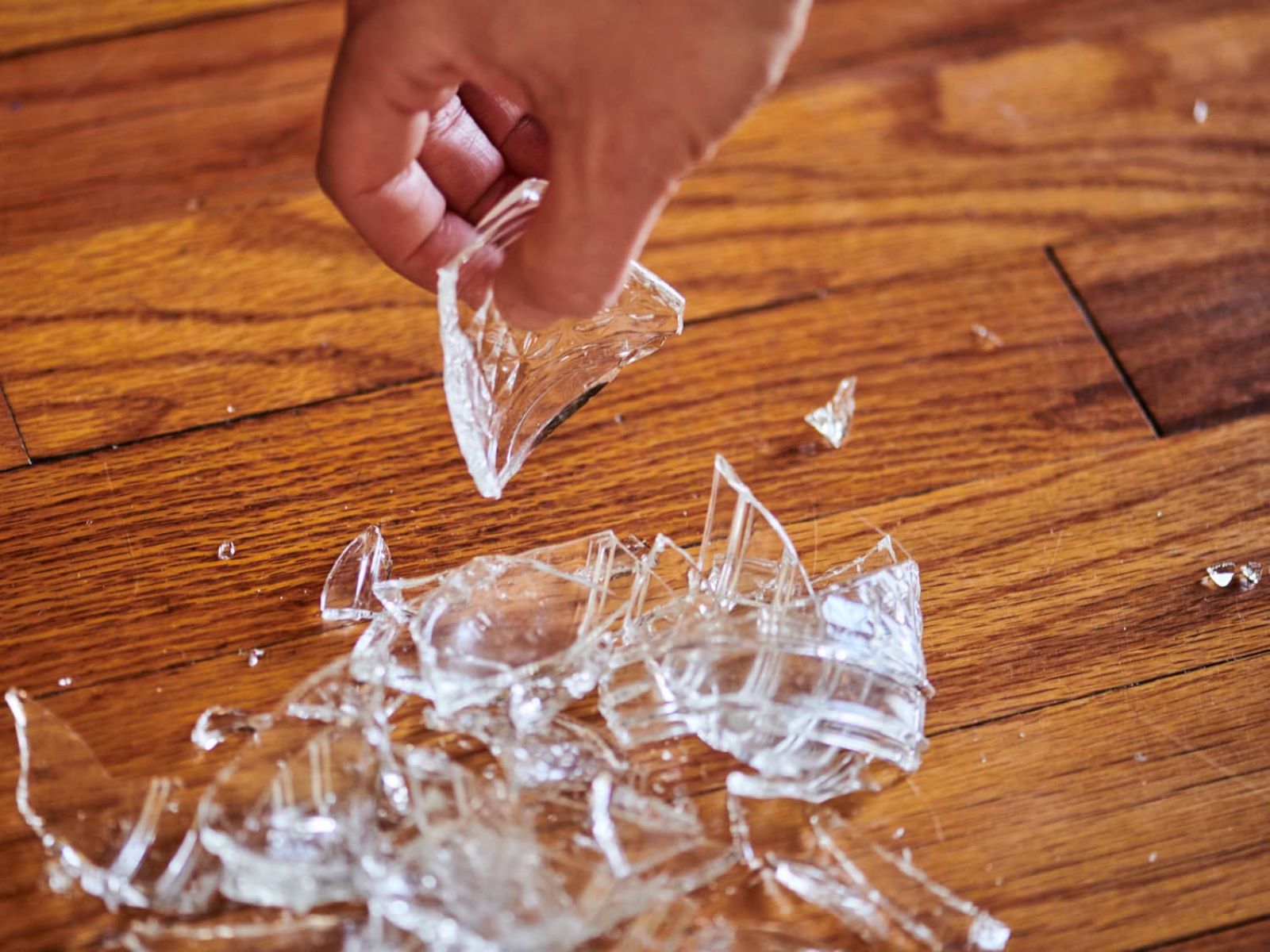

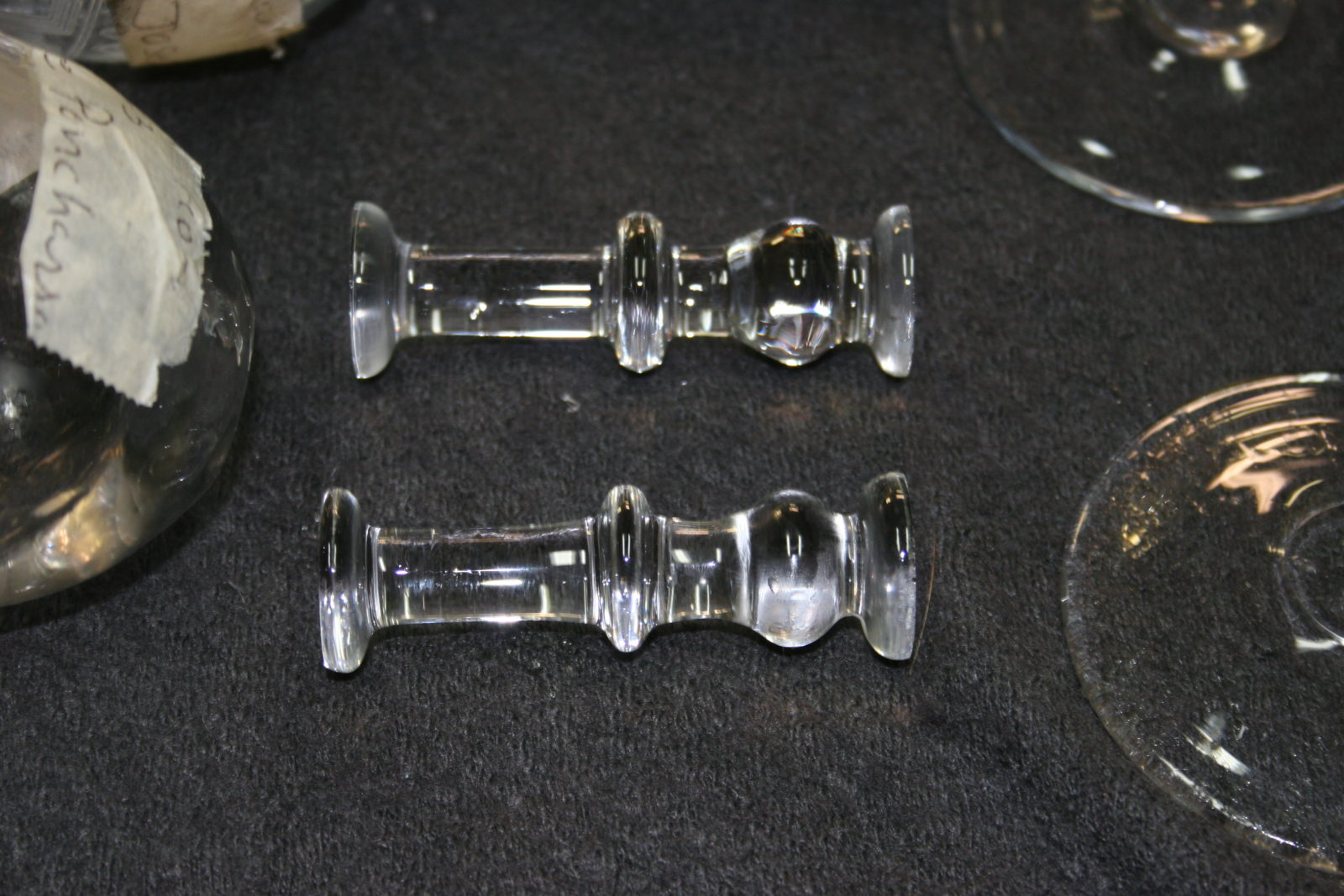
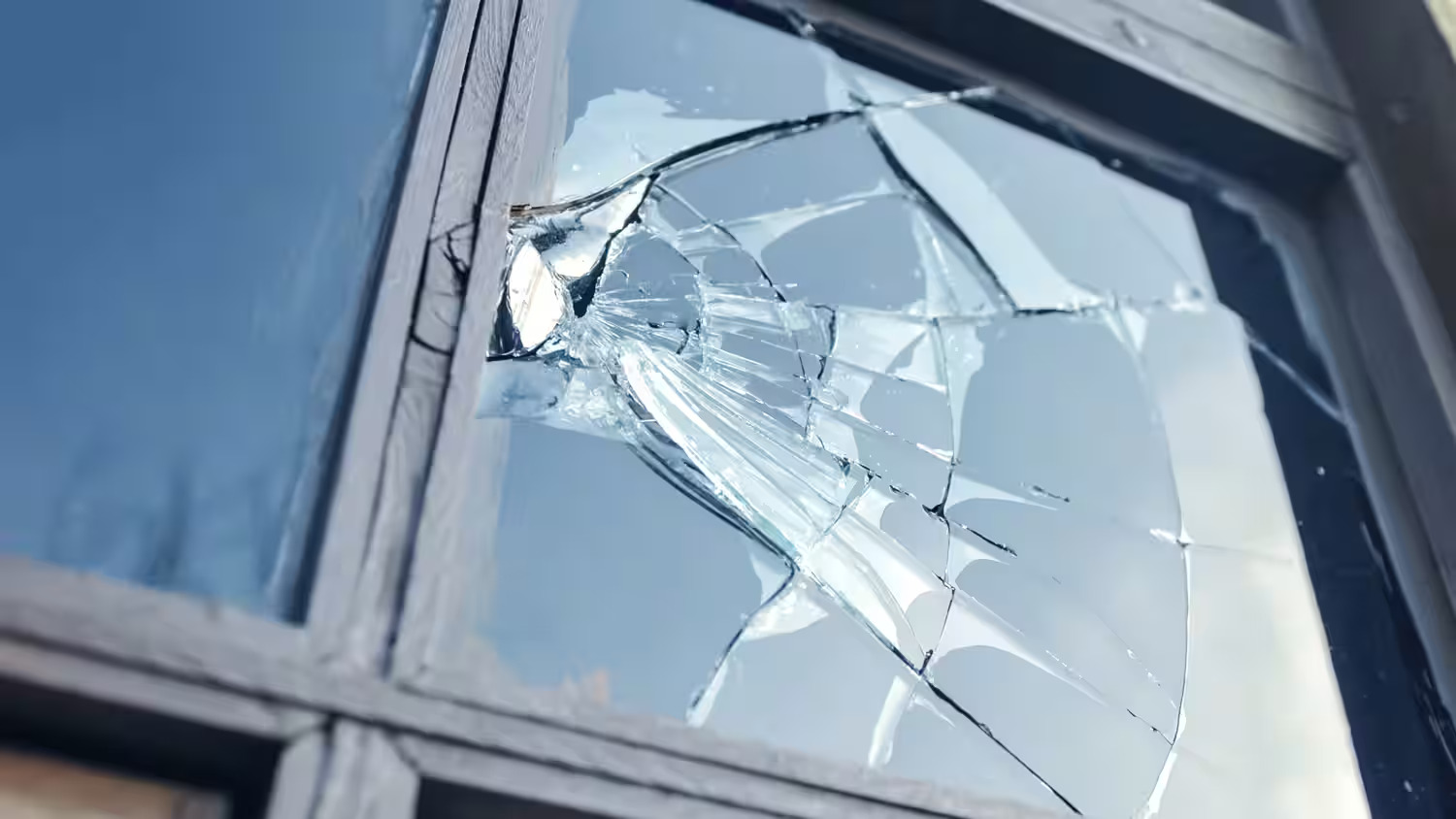

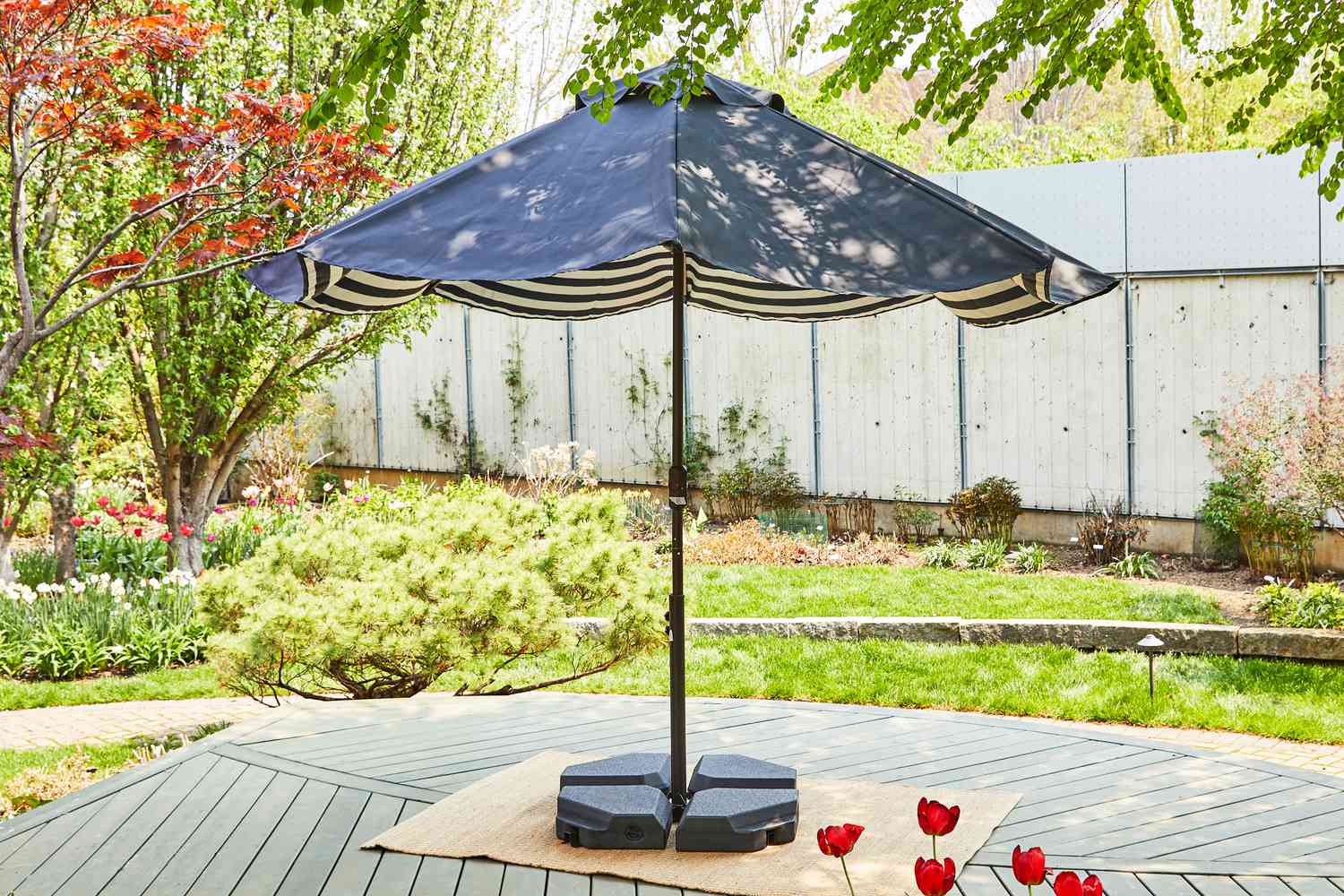

0 thoughts on “How Kintsugi Made My Broken Belongings Beautiful”